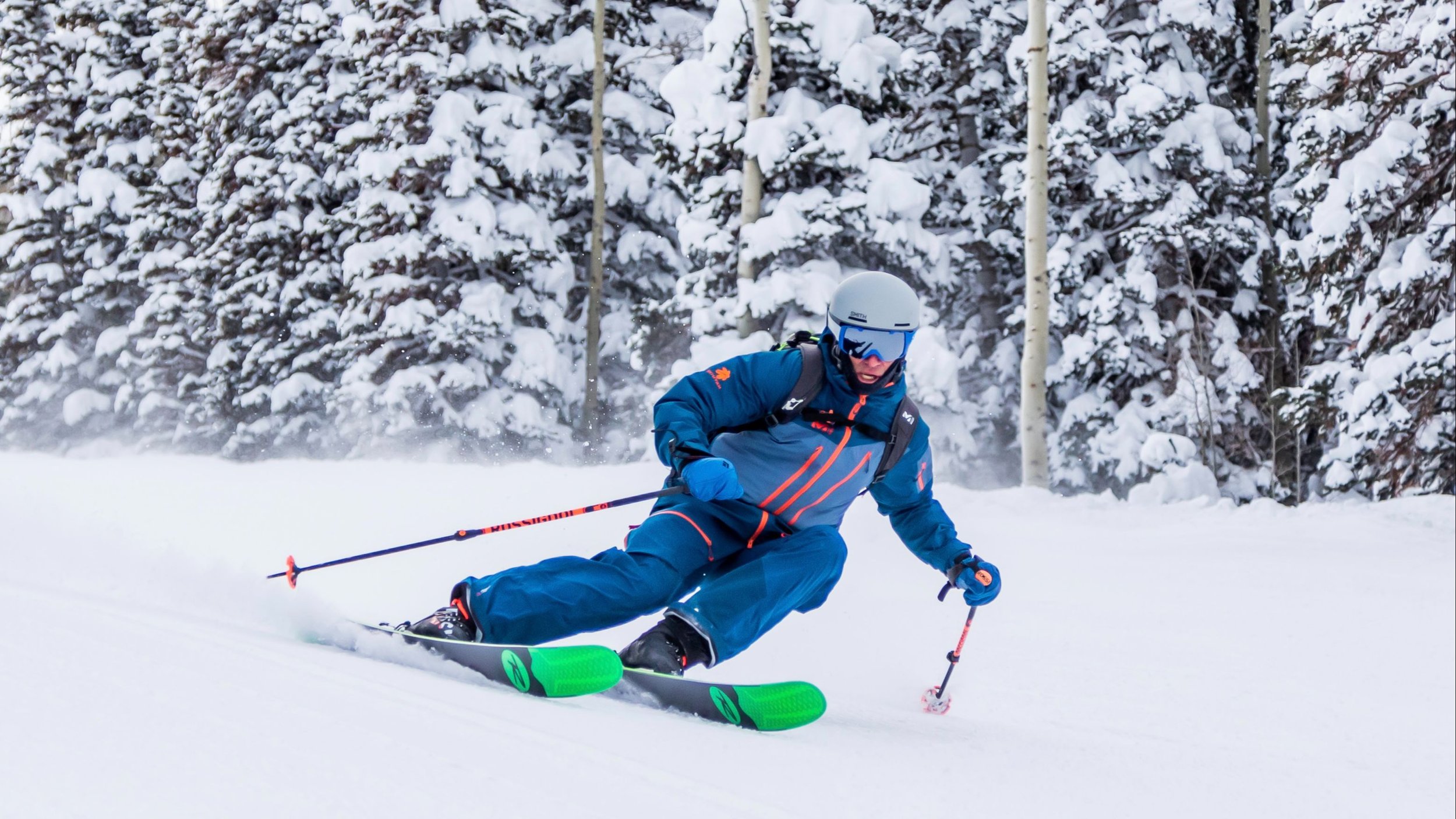HIIT That – Just Not Too Often
What is High Intensity Interval Training (HIIT), what’s it good for, and how much is too much? How should mountain athletes incorporate it into their training?
Listen to the podcast:
A typical HIIT workout lasts 30 to 45 minutes and leaves you sweating truckloads and/or feeling like you got hit by a truck. That’s what a “good” workout means to a lot of people. If you’re sweaty, pooped, and breathing heavily, you must be doing something good for your body…
…Right?
Sure enough, HIIT workouts are great for overall conditioning and fitness, which is your ability to do a high volume of work in a short period of time.
Here’s the rub: if most of your training is high intensity, you are neglecting aspects of fitness you need to play in the mountains as you age. HIIT is just one piece of the 100 Year Athlete puzzle.
Intervals lasting 15 seconds to 3 minutes tap into your glycolytic energy system, which produces lactic acid, the stuff that gives you that “burning” sensation in your muscles. It also trains muscular endurance and work capacity while burning mad calories. On top of that, HIIT can produce muscle growth (hypertrophy), which is helpful in our 40s and beyond, when gaining and retaining muscle mass gets increasingly difficult.
HIIT misses or underdevelops seven out of nine pillars of fitness: mobility, speed, power, strength, long duration, anaerobic capacity, and aerobic capacity (revisit the 9 Pillars of Fitness if you want details on how these factor into mountain sports). The first four of those – mobility, speed, power, and strength – are hands down the most important pillars for preventing injuries and getting out of pain.
So, HIIT is a jack of all trades and master of none. It can improve performance and longevity, but only up to a limit. If you only do HIIT for five or six years, your mobility, speed, power, and strength will suffer.
The takeaway: don’t expect just one exercise method to cover all 9 Pillars of Fitness. Use HIIT training if your focus is a downhill sport—like resort skiing or snowboarding—that doesn’t get your glycolytic energy system revved up. If you’re a climber, cyclist, or runner, get that lactic acid burn while practicing your sport. Save the gym for mobility, speed, power, and strength.

